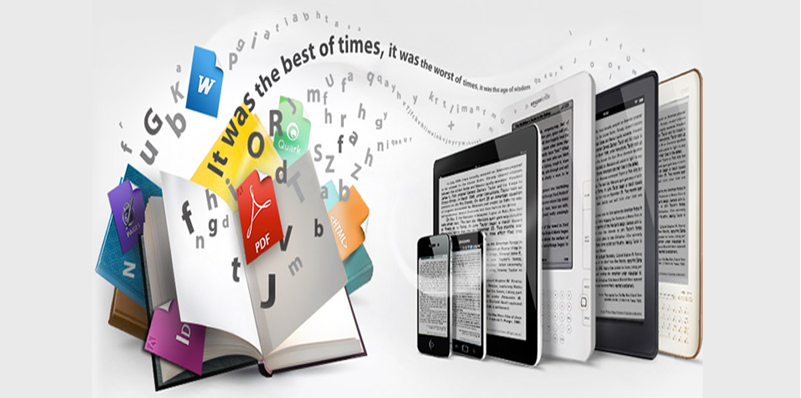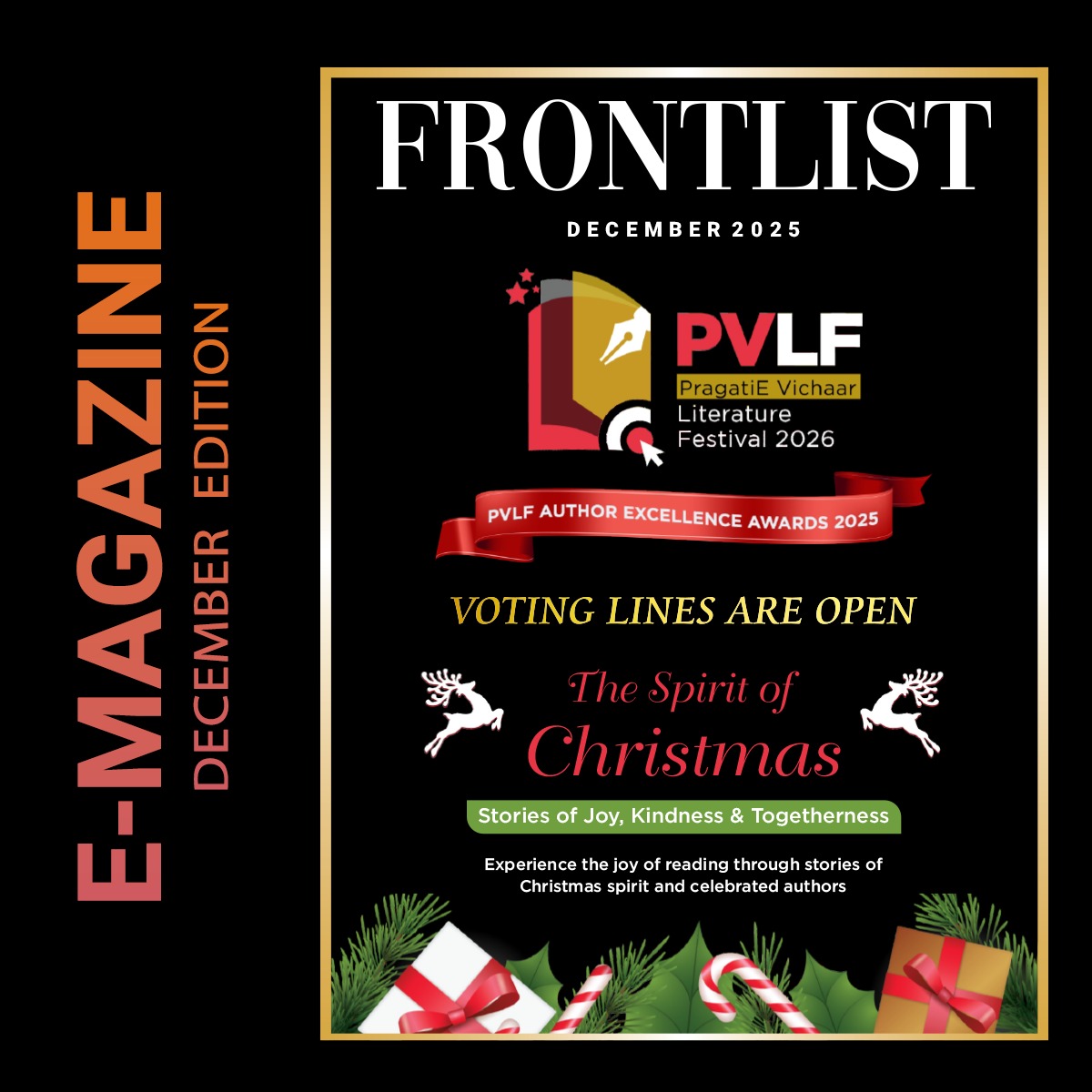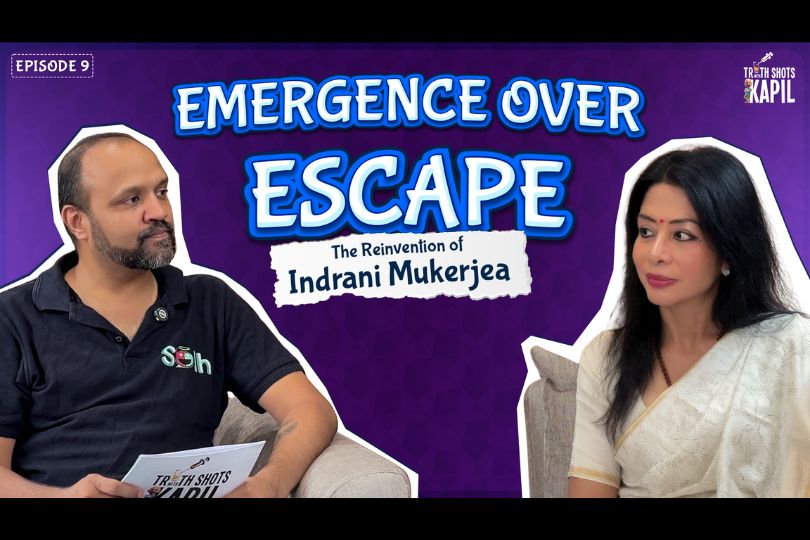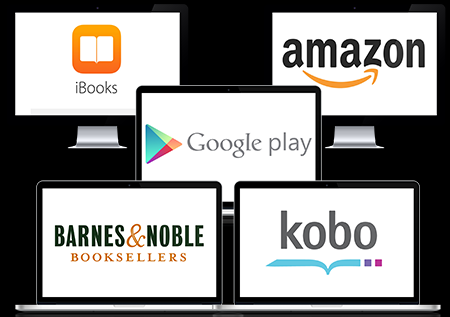Should you Publish an E-book or E-article?
Should you Publish an E-book or E-article?on Aug 22, 2019

 Importantly, none of these sites is exclusive, so you don’t have to pick one place to publish and sell. You can do it everywhere!
Another piece of good news is that e-book royalties are considerably higher than for print books produced by traditional publishers. For example, Kindle offers a royalty of 70 percent; and Smashwords offers a royalty of 85 percent for sales on its site, and 70.5 percent for sales on affiliates such as Apple and Barnes & Noble.
For other discussions of e-books, see Wikipedia’s comprehensive overview of e-books and their pros and cons and this article from The Science Fiction Writers of America.
Importantly, none of these sites is exclusive, so you don’t have to pick one place to publish and sell. You can do it everywhere!
Another piece of good news is that e-book royalties are considerably higher than for print books produced by traditional publishers. For example, Kindle offers a royalty of 70 percent; and Smashwords offers a royalty of 85 percent for sales on its site, and 70.5 percent for sales on affiliates such as Apple and Barnes & Noble.
For other discussions of e-books, see Wikipedia’s comprehensive overview of e-books and their pros and cons and this article from The Science Fiction Writers of America.
Still a minor market
Now the bad news: Although sales of e-books are growing rapidly, they are still not a major percentage of the overall book market. That mass market still belongs largely to print books, although Amazon reports that its Kindle e-book Kindle sales now surpass all its print book sales. However, given that the cost of e-readers will continue to drop, most forecasters believe e-books will ultimately become the major publishing medium overall. If you write nonfiction, there is the bad news that less than 20 percent of e-book sales are for nonfiction; but that’s good news for fiction writers, who garner about 80 percent of the e-book market. E-books are also not yet part of the publishing mainstream. Don’t expect your e-book to be reviewed by The New York Times or any other major media outlet. Such lack of reviews is not necessarily terrible news, however, because fewer media outlets are reviewing books, anyway. Readers are relying far more heavily on reviews by fellow readers on Amazon and other sites. And you can solicit those reviews yourself, rather than submitting your book to the traditional media reviewers.
Perhaps the most cautionary news, however, is that the low cost of producing e-books has resulted in mountains of “e-dreck”—badly written and badly edited books that clog the marketplace and turn readers off.
So, before you make a decision to e-publish, you should develop a comprehensive, targeted marketing plan to determine how or whether you can distinguish your work from e-dreck. If that marketing plan really doesn’t reveal a significant market for your work, reconsider whether you should publish at all. Of course, if your e-book is a freebie to advertise your business, you wouldn’t expect to earn income from it, anyway.
Also, consider whether you should publish only an e-book, or make it an adjunct to a self-published print version. A very popular self-publishing model is to use Lightning Source to produce print-on-demand (POD) books, and to create e-book versions for the many outlets. For example, I used Lightning Lightning Source logo Source to print my booklet Working with Public Information Officers as a supplement to Explaining Research. I also posted the text of Working with Public Information Officers online.
E-books are also not yet part of the publishing mainstream. Don’t expect your e-book to be reviewed by The New York Times or any other major media outlet. Such lack of reviews is not necessarily terrible news, however, because fewer media outlets are reviewing books, anyway. Readers are relying far more heavily on reviews by fellow readers on Amazon and other sites. And you can solicit those reviews yourself, rather than submitting your book to the traditional media reviewers.
Perhaps the most cautionary news, however, is that the low cost of producing e-books has resulted in mountains of “e-dreck”—badly written and badly edited books that clog the marketplace and turn readers off.
So, before you make a decision to e-publish, you should develop a comprehensive, targeted marketing plan to determine how or whether you can distinguish your work from e-dreck. If that marketing plan really doesn’t reveal a significant market for your work, reconsider whether you should publish at all. Of course, if your e-book is a freebie to advertise your business, you wouldn’t expect to earn income from it, anyway.
Also, consider whether you should publish only an e-book, or make it an adjunct to a self-published print version. A very popular self-publishing model is to use Lightning Source to produce print-on-demand (POD) books, and to create e-book versions for the many outlets. For example, I used Lightning Lightning Source logo Source to print my booklet Working with Public Information Officers as a supplement to Explaining Research. I also posted the text of Working with Public Information Officers online.
 While Lightning Source does offer an e-book publishing option, it does not distribute to the major outlets. Among the best sources of advice on POD are Aaron Shepard’s book POD for Profit and this article by book designer Pete Masterson on the business model for POD.
For a good overview of best practices for e-book production and sales, see this article from the independent publishing group SPAN and this Kindle e-book by James Matthews, How to Make, Market and Sell E-books – All for Free. And for a view of the future, see book marketer Penny Sansevieri’s article The Next 10 E-book Trends to Watch For.
While Lightning Source does offer an e-book publishing option, it does not distribute to the major outlets. Among the best sources of advice on POD are Aaron Shepard’s book POD for Profit and this article by book designer Pete Masterson on the business model for POD.
For a good overview of best practices for e-book production and sales, see this article from the independent publishing group SPAN and this Kindle e-book by James Matthews, How to Make, Market and Sell E-books – All for Free. And for a view of the future, see book marketer Penny Sansevieri’s article The Next 10 E-book Trends to Watch For.
Publishing e-articles
Besides publishing book-length manuscripts, you can also publish and sell e-articles. Major e-article outlets include Kindle Singles, Apple Quick Reads, and Smashwords Shorts. Kindle is perhaps the largest such e-article outlet. Helpful resources for publishing Kindle Singles include Larry Dignan’s review My Amazon Kindle Single publishing experiment, Megan Garber’s article 1,900 copies: How a top-selling Kindle Single is generating new audiences for ProPublica and the Kindle book How to Publish and Sell Your Article on the Kindle: 12 Tips for Short Documents. Rather than publishing your article on one of the e-book sites, you might also consider e-article web sites. Popular e-article sites include The Atavist, Byliner, Longform.org, Scribd and the “e-reading community,” Wattpad. Each of these Wattpad logohas a different publishing model: The Atavist charges readers for articles, Byliner links to articles from other sources, and Longform.org and Scribd offer free articles. Wattpad hosts free e-books and e-articles by untried authors, who can receive coaching and criticism from readers. Once an author feels his/her work is ready for commercial distribution, it can be published on Smashwords, a Wattpad partner.
Besides article publishing sites, there are also article syndicates that provide articles free to other web sites and blogs. Such syndicated articles are mainly how-to pieces aimed at promoting a web site, service or business. Syndication sites include Articlecity.com, Ezinearticles and Goarticles. John Kremer, author of 1001 Ways to Market Your Books offers a listing of free article directories and online article sites. This site also includes fee-based services and software that claims to enable writers to produce and syndicate free articles.
Rather than publishing your article on one of the e-book sites, you might also consider e-article web sites. Popular e-article sites include The Atavist, Byliner, Longform.org, Scribd and the “e-reading community,” Wattpad. Each of these Wattpad logohas a different publishing model: The Atavist charges readers for articles, Byliner links to articles from other sources, and Longform.org and Scribd offer free articles. Wattpad hosts free e-books and e-articles by untried authors, who can receive coaching and criticism from readers. Once an author feels his/her work is ready for commercial distribution, it can be published on Smashwords, a Wattpad partner.
Besides article publishing sites, there are also article syndicates that provide articles free to other web sites and blogs. Such syndicated articles are mainly how-to pieces aimed at promoting a web site, service or business. Syndication sites include Articlecity.com, Ezinearticles and Goarticles. John Kremer, author of 1001 Ways to Market Your Books offers a listing of free article directories and online article sites. This site also includes fee-based services and software that claims to enable writers to produce and syndicate free articles.
Avoiding layout pitfalls
If you are seeking to create an e-book, the first challenge is figuring out the confusing welter of e-book formats. Each has its benefits and drawbacks, as outlined in this Wikipedia article and this listing on ePublication Marketing Associates. The safest bet is to produce your book in the formats preferred by the outlets you want to use—for example the .mobi format used by Kindle. Also, you can use such distributors such as Smashwords to convert your book into multiple formats that will serve a range of outlets. Another complexity is that laying out any e-book is quite different from laying out a print book. Unlike a print layout, an e-book layout allows text to “flow,” according to the screen size. Also, readers can customize font size, font style and line spacing. So, page numbers are meaningless in e-books, and it is difficult—sometimes impossible—to control the placement of images, footnotes, endnotes, columns, tables, superscripts, subscripts, and other design elements. And given the low resolution of e-book screens, images will not be as crisp as in print. If you do your own layout, some sites, offer authors substantial formatting help. These sources include the Kindle Direct Publishing site, the Amazon Smashwords logoKindle Publishing Guidelines, the Barnes & Noble ePub Formatting Guide and the Smashwords Style Guide. The software Jutoh has also received good reviews as an e-book formatter. There are also many excellent books on formatting and publishing e-books, mainly for Kindle, which represents about 70 percent of the e-book market:
There are also many excellent books on formatting and publishing e-books, mainly for Kindle, which represents about 70 percent of the e-book market:
- Benjamin, Randy, How To Publish Anything On Amazon’s Kindle
- Canyon, Derek J., Format Your eBook for Kindle in One Hour – A Step-by-Step Guide
- Castro, Elizabeth, EPUB Straight to the Point: Creating ebooks for the Apple iPad and other ereaders (including Nook and Kindle)
- Shepard, Aaron, From Word to Kindle How to Format a Text-Only Document in Microsoft Word and Convert It to a Kindle eBook—For Free
- Tallent, Joshua, Kindle Formatting: The Complete Guide to Formatting Books for the Amazon Kindle
- Weber, Steve, ePublish: Self-Publish Fast and Profitably for Kindle, iPhone, CreateSpace and Print on Demand



.jpg)






.jpg)


.jpg)
.jpg)
.jpg)
.jpg)
.jpg)

.jpg)



Sorry! No comment found for this post.